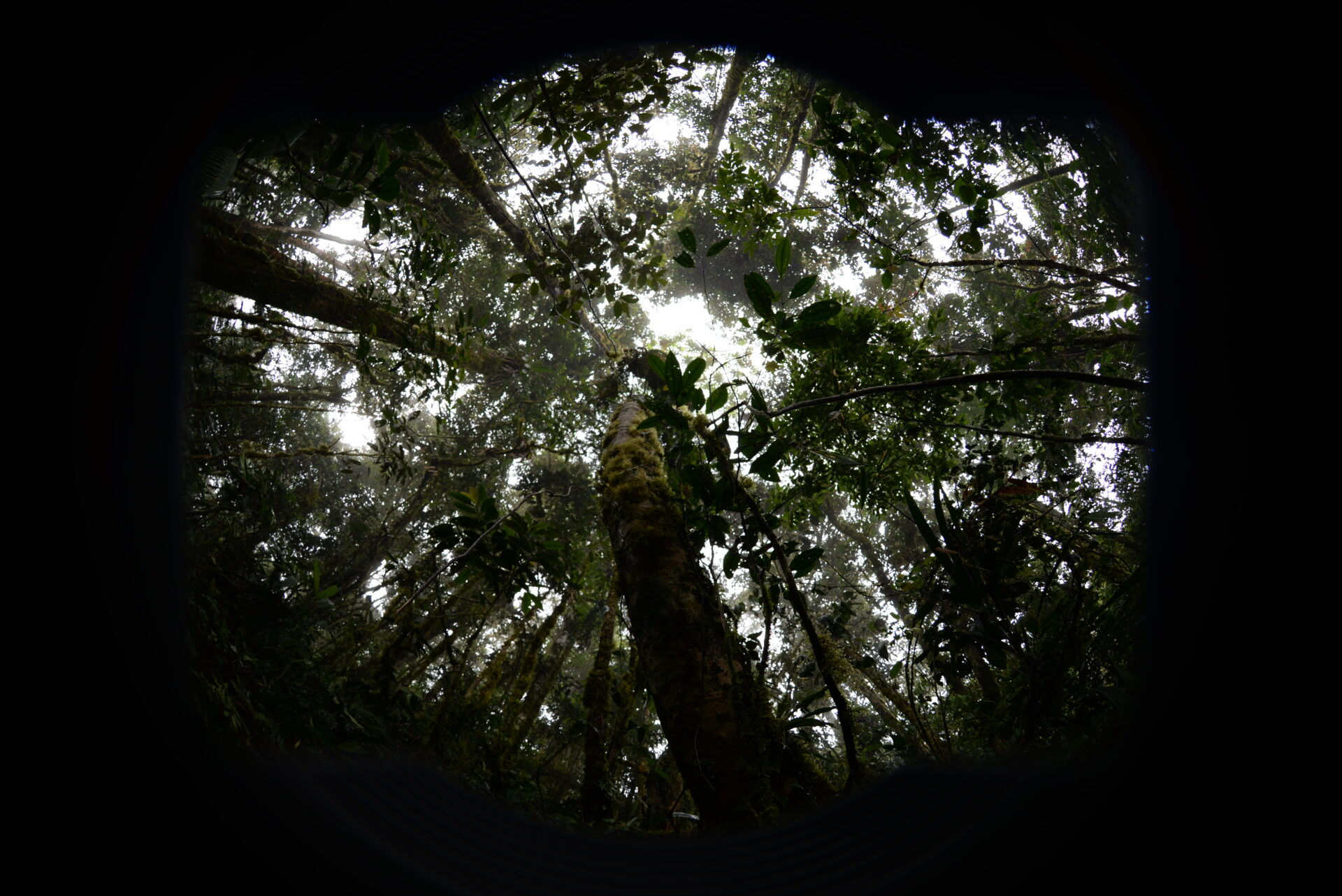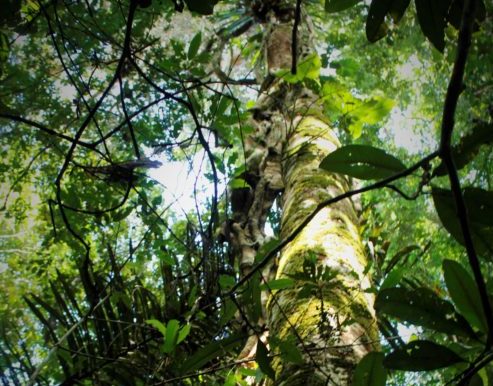We are excited to announce the beginning of a new project entitled: Does the spatial…

International working group met at Leipzig to study tropical Andean diversity
Last week, a team of researchers from different parts of the world met at the German Center for Biodiversity Research (iDIV) in Leipzig (Germany) to put forward new studies to improve our understanding of Andean tropical montane forests diversity and its origin. The team consisted of 15 researchers from eight different countries, including the USA, Ecuador, Argentina, the UK, Finland, Sweden, Germany and Spain. The team coordinators are members of the Tropical Ecology Lab. Out of this meeting, a first study was proposed to identify major biogeographical regions in the tropical Andes based on forest plots, and a second one to try understanding how and why plant species shift along altitudinal gradients in the Andes.
Throughout this year we will carry out the research, and in January 2020 there will be a second meeting to present the results.




This Post Has 0 Comments